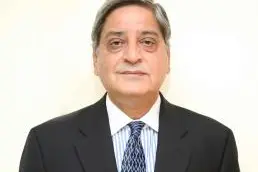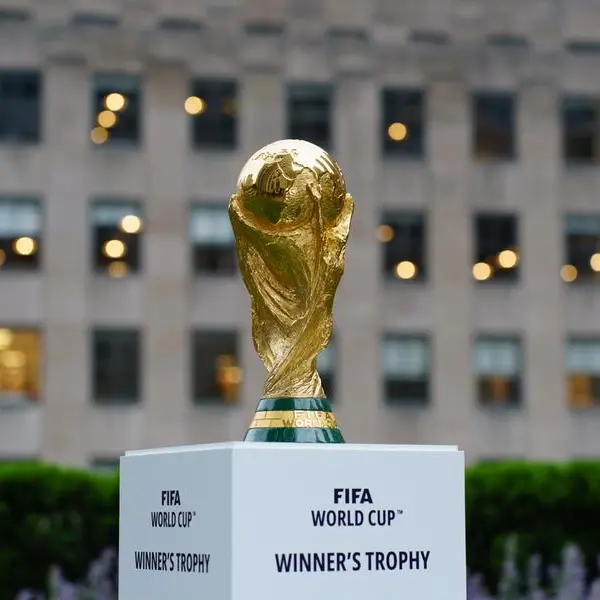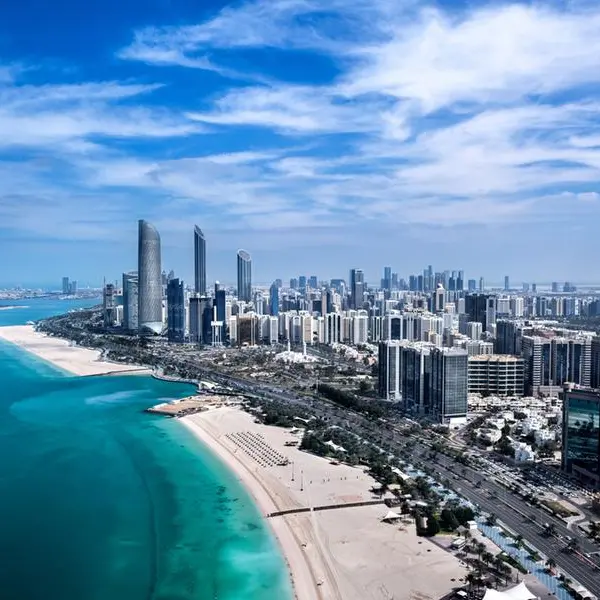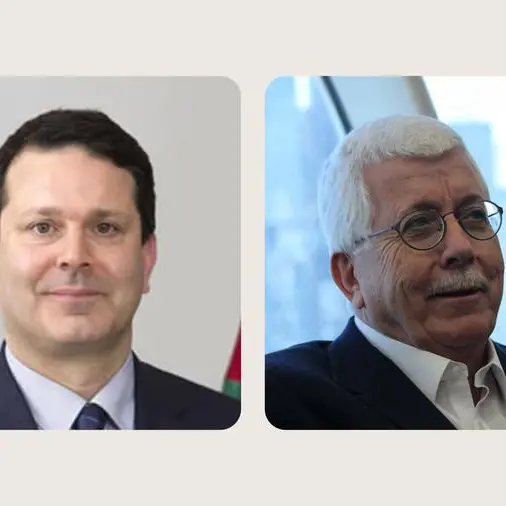PHOTO
ArabPlast 2017 promises an international participation accentuated by the presence of the giant operators in the industry of plastics, petrochemicals and rubber
Dubai, UAE, 25 December 2016
As the biggest plastics, petrochemicals and rubber industry exhibition in the MENA region, ArabPlast 2017 is set to bring together the key players, experts and industrials in the field from around the world, between 8th-10th January at Dubai World Trade Centre.
The previous edition of ArabPlast has seen the attendance of 906 exhibitors from 41 countries and 27,268 visitors from 119 countries.
“The challenge is getting each time more amplitude and producing larger echoes. We provide a platform for the main players in this industry to showcase their products and to exchange expertise and best knowledge. For the 2017 edition, companies from India, Taiwan and Germany has confirmed their participation with a total number reaching respectively 110, 95, and 70. We expect for instance a remarkable contribution of the German companies in the machineries of plastics production category. China that is the key export market for Gulf petrochemicals products will be represented by 175 exhibitors,” said Satish Khanna, General Manager, Al Fajer Information and Services.
We also expect a great impact from the industrials in the UAE and other GCC countries. Borouge from the UAE is our principal sponsor. We expect as well an impressive participation of TASNEE, our platinum sponsor and NatPet from the Kingdom of Saudi Arabia and Orpic from Oman and MUNTAJAT from Qatar,” added Khanna.
According to the latest report by the Gulf Petrochemical and Chemical Association (GPCA) titled “Facts and Figures” released during the GPCA forum in November 2016, the petrochemical and chemical industry in the GCC reach production capacity of 144.6 million tons in 2015, more than double its levels in 2005. The GCC chemical industry is a major employer in the region with a workforce of close to 143,000 people.
According to the same source, the most significant growth was that of local petrochemical consumption which increased by an impressive 10% per annum, indicating the sector’s strong multiplier effect on regional industrial and economic development.
In the other side, the plastic production in the Arabian Gulf will grow at a steady 3.2% until the end of the decade, according to a GPCA study released in January 2016. The GCC Plastics Industry Indicators 2015 report, the plastic production capacity has tripled in the last 10 years, reaching 26.2 million tons in 2015, earning US$32 billion in revenues.
“It is a fact that this sector has been impacted during this year by the falling oil market prices and rising feedstock costs. This is one of the challenges that the participants will have to discuss during the 3 days of ArabPlast 2017 and develop into beneficial strategies that target the local and international industrials and decision makers,” concluded Khanna.
ArabPlast 2017 will allow exhibitors to display their latest products, solutions and technologies, and showcase ideas to visitors and local authorities, besides enlarging their networks and clients and partners portfolios.
ArabPlast 2017 will showcase a variety of products and technologies in injection molding, blow molding, wrapping and packaging, pre and post plastic processing techniques as well as raw materials, such as additives and polymers. The show covers a wide spectrum of plastic machinery, plastic/rubber processing technology, pre and post-processing systems, plastic packaging technology, injection molding, blow molding, wrapping technology, extrusions, chemicals and additives, semi-finished goods, engineering plastics and plastic products.
-Ends-
© Press Release 2016











